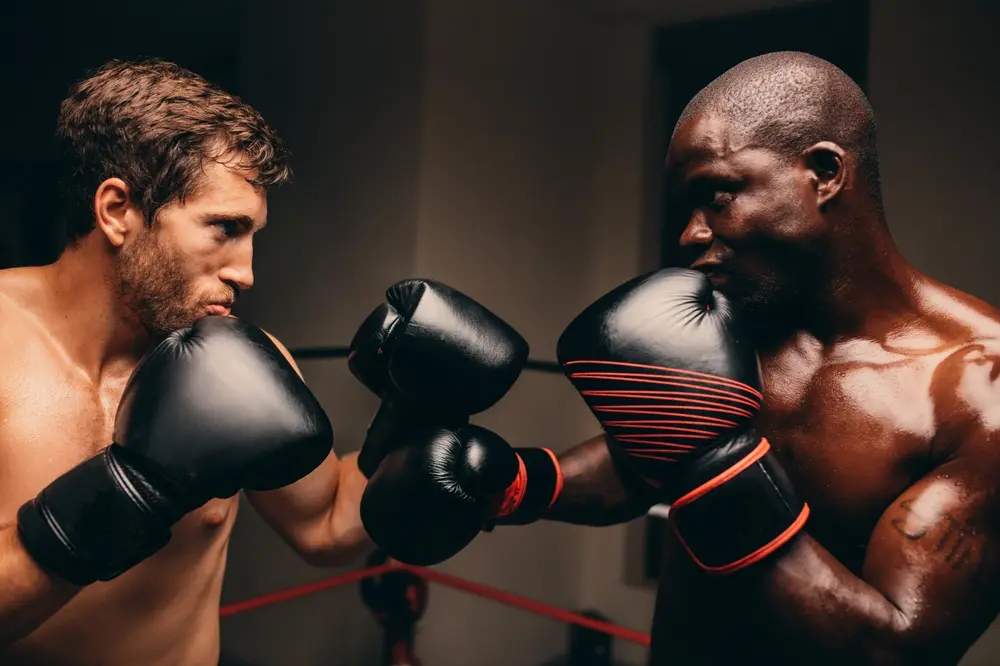Like any art, photography seeks to make us feel differently about the world. By evoking emotions in the audience, it changes their perception of the world around them and offers a new perspective on even the most mundane kinds of subjects.
This, many would claim, is the real magic of photography.
But how do we actually go about photographing emotion? Unlike, say, architecture or sports, it’s not a very concrete subject that you can just go out and point your camera at in the field.
That’s why I have prepared this detailed guide on finding and conveying emotion in photography. We will go over all aspects of theory, including how to recognize emotion, how to bring it out in your subjects, and how to channel it and capture emotions in order to really stir something in your viewers.
Contents
Understanding Emotion in Photography

First of all, we have to gain a proper understanding of what photographing emotion really means.
In photography, emotion is far more than the difference between certain facial expressions or the body language of your subject. In fact, narrowing it down can be one of the most challenging tasks for a beginner to accomplish.
Let’s tackle this head-on. How can we understand and define it?
What Emotion Means in a Photo?
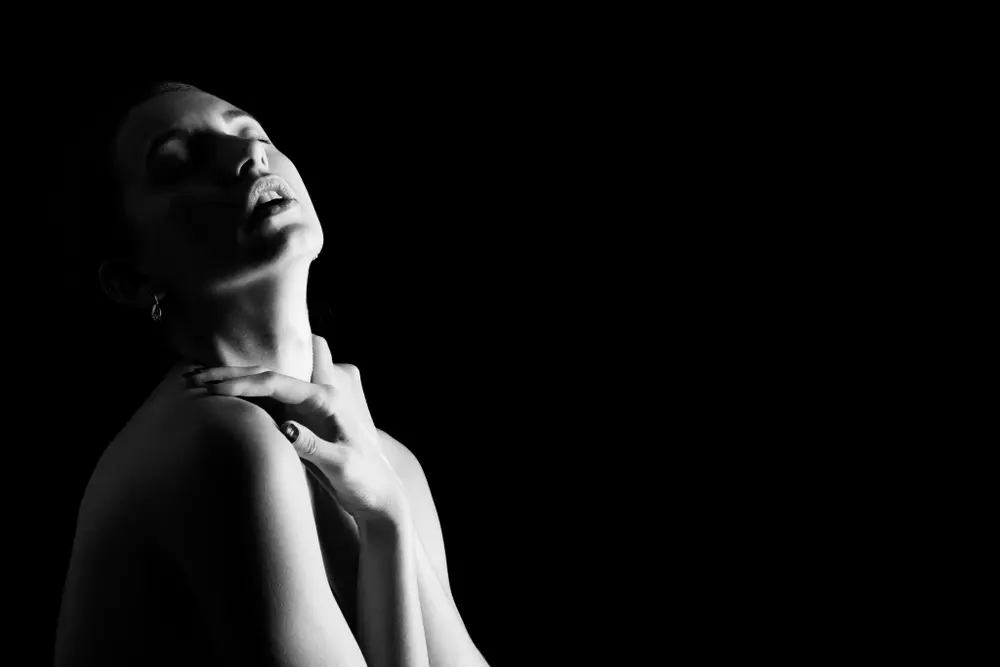
Photographs can channel a whole spectrum of emotions in our audiences. The breadth of this spectrum can vary depending on the genre and style of each individual photographer, of course.
But how does photography do this?
In simple terms, we make our viewers feel deeply about our images by giving them some kind of symbolic value. Often, certain circumstances, places, events, or subjects make people remember something particular that they feel an emotional connection towards. That could be a beautiful mountain view, a sunset, a busy street, an arguing couple, a speeding car, you name it.
The key here is to find a way to connect to your audience on this very intimate level without making it too obvious. Nobody likes to be goaded into an emotional reaction, so whatever you choose to depict, you better make it feel real!
Emotional Resonance Explained
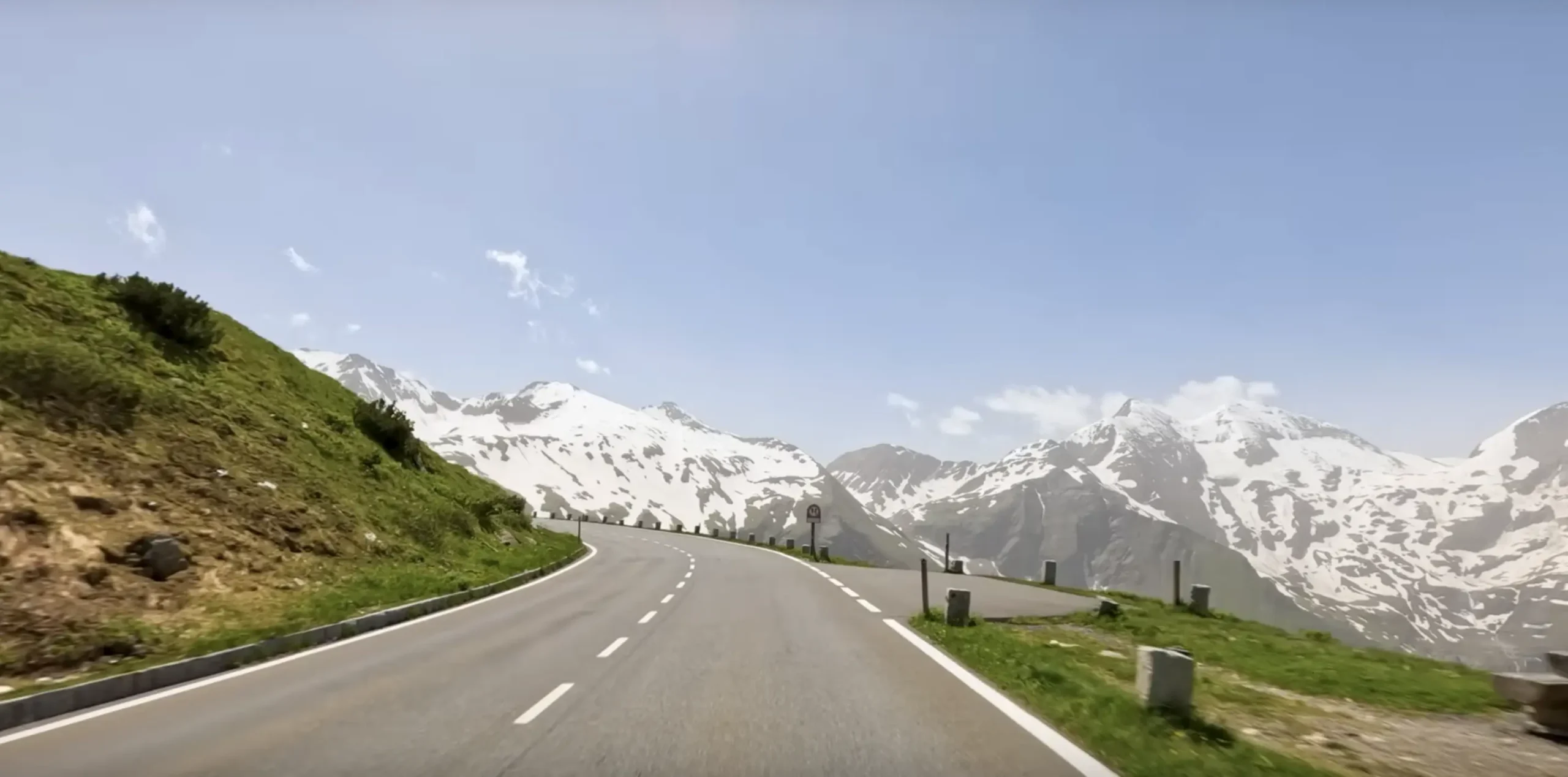
Too many beginners focus exclusively on capturing emotions, depicting them literally in order to elicit a similar response in the audience. I call this evoking emotion by empathy.
Using the empathetic approach is, by itself, not a bad thing. But it neglects the fact that you can also evoke emotions without explicitly depicting their expression.
You can use symbolism, certain compositional techniques, and mood and atmosphere to elicit emotions in your viewers without the need to depict others experiencing or expressing those emotions themselves.
This way, it’s possible to form an emotional connection with your audience in a much more poetic, and some would say sophisticated manner.
To do so, eliciting emotion by shared connections, narratives, and symbols, is called emotional resonance, and it’s a very powerful tool!
How to Capture Emotion in Your Photos
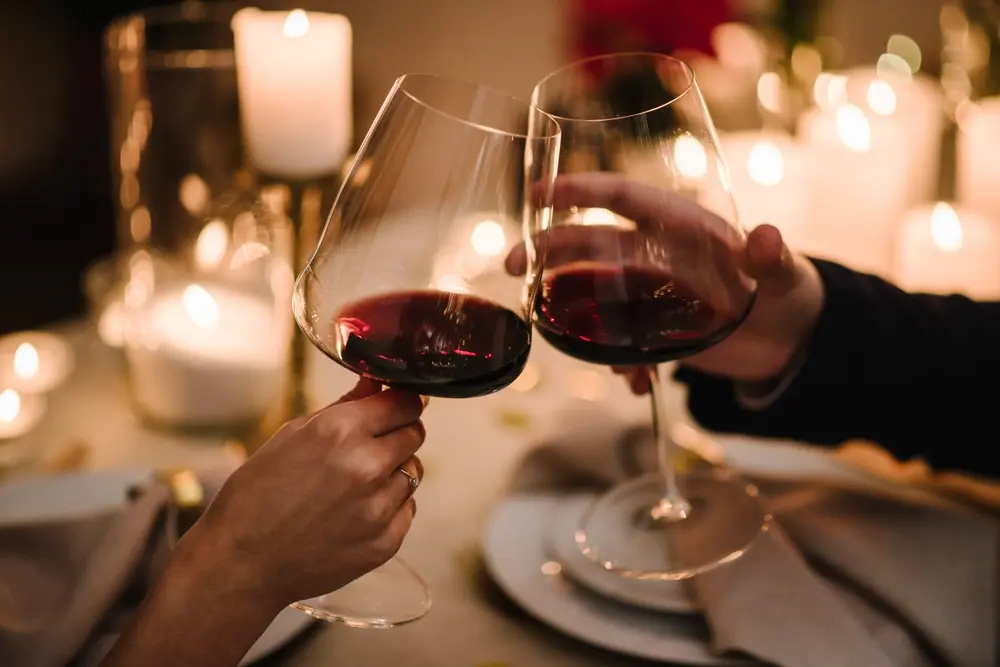
Now, I think we’re ready to talk about the meaty part. How do we actually put these theories into practice and turn emotion into art with our camera? What techniques can we use to make our photographs more emotionally resonant? Let’s take a look!
Using Light and Shadow to Set Mood
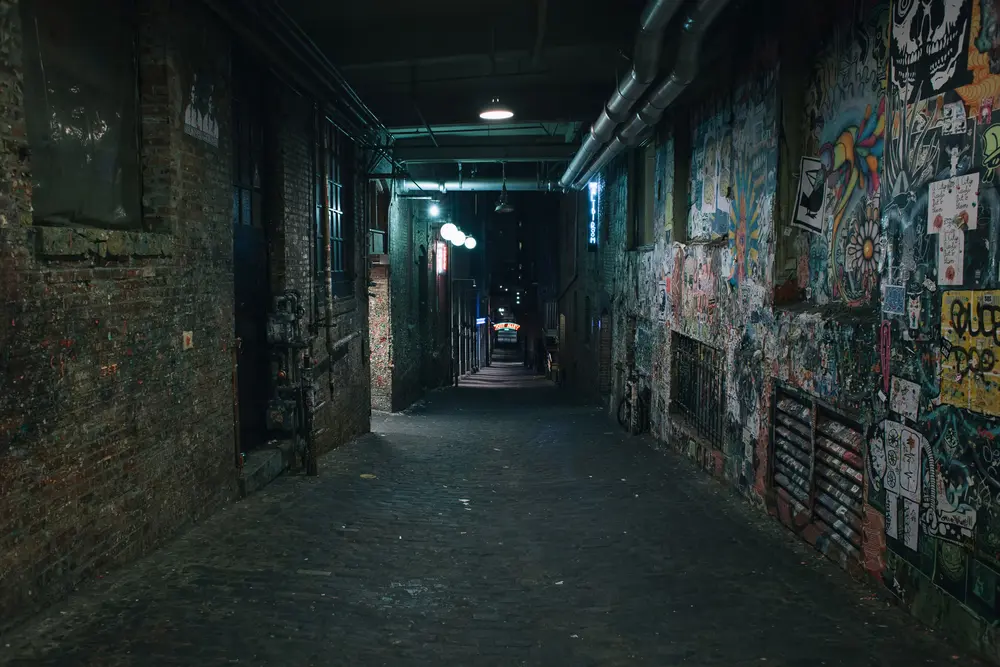
If you’ve studied much photographic theory to begin with, you know that light and shadows are some of the most important tools in your photographic arsenal, bar none.
Light can not just be used for highlighting your subject, flattering certain lines and proportions, and managing exposure, of course. It can also be a great mood-setter, changing the emotional atmosphere within your scene.
Different kinds of lighting can lend your photographs wholly different and unique moods. For instance, you can use soft, low-key lighting for tender, romantic, or sentimental scenes. Harsh, bright, and geometric light works great for action, drama, and fearsome environments.
Composition and Framing for Emotional Impact
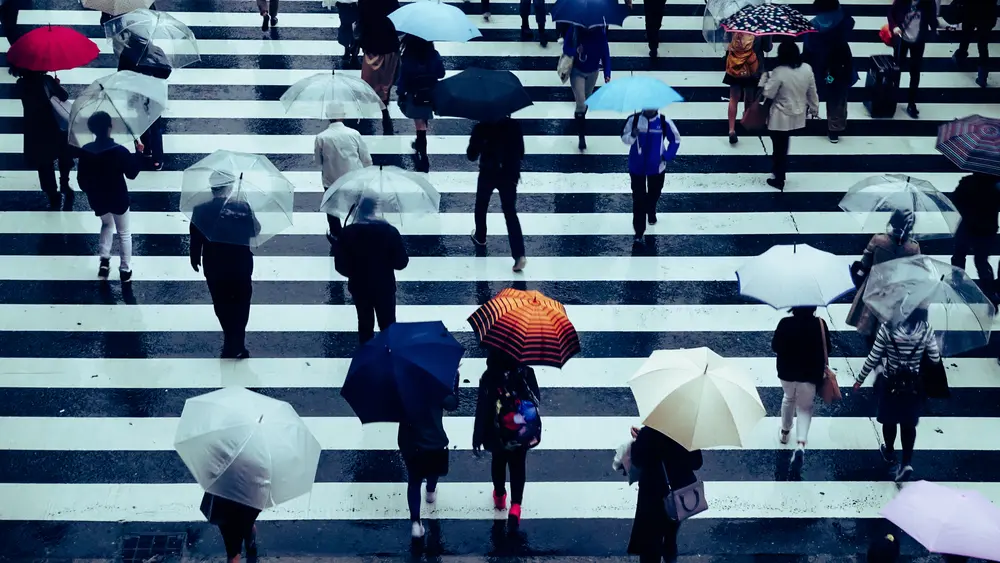
Without good composition, all visual art falls flat, not just emotionally, but completely.
To take a great photograph, let alone one with serious emotional resonance, you need to fine-tune your composition and practice it thoroughly until it becomes second nature. Re-assess your fundamentals, such as using leading lines and framing a subject to focus attention on your most emotionally powerful subjects.
You can also play with unique perspectives. Dutch angles and ‘fast’ compositions work for intense, hectic scenes, whereas more neutral, and especially elevated perspectives can be great for serene, calming atmospheres.
Color Theory: Tapping into Feeling

Colors play an almost equally important role as light and shading, and you should never neglect to use them to your advantage.
You might know from psychology that certain colors are strongly associated with certain emotional experiences. Strong reds resonate with anger and passion, blues, purples, and indigos with sadness, yellow with happiness and joy.
This is not just true from a cultural and psychological perspective, but also an aesthetic one. Hence, what colors you populate your frame with can and will affect the way your pictures will resonate with your audience.
Incorporating Motion Blur
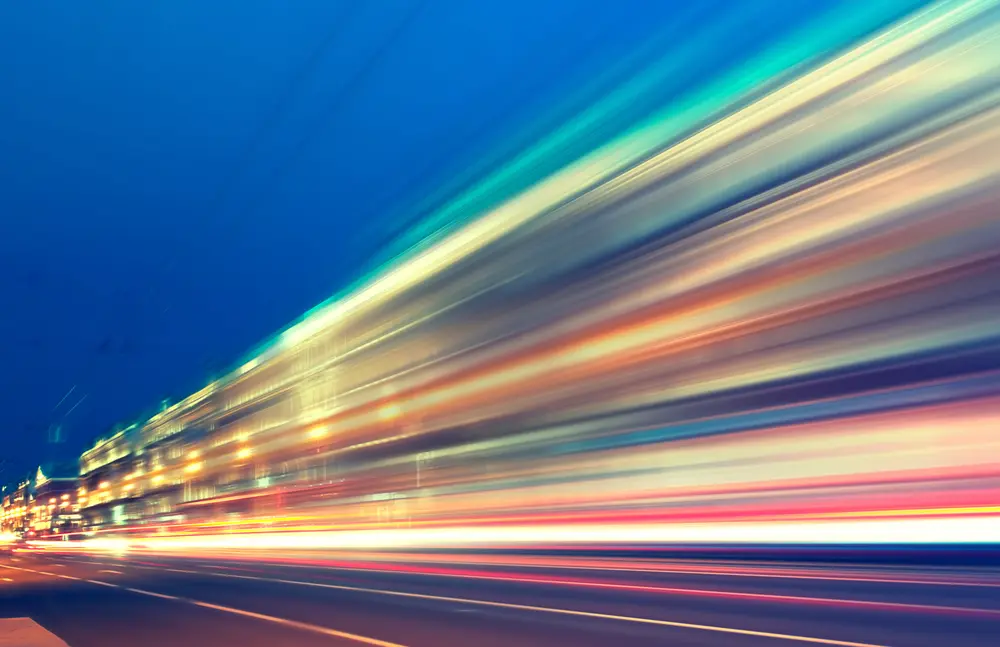
Motion blur naturally occurs when your subject is moving too fast for your chosen shutter speed, but you can, of course, trigger it deliberately for a unique visual effect.
With the human experience as your focal point, motion blur can help you express emotions that we usually associate with frenetic, fast-paced thinking. These can range from panic to fear to inspiration and confusion, depending on your style and the atmosphere within your shot.
Subject Choice
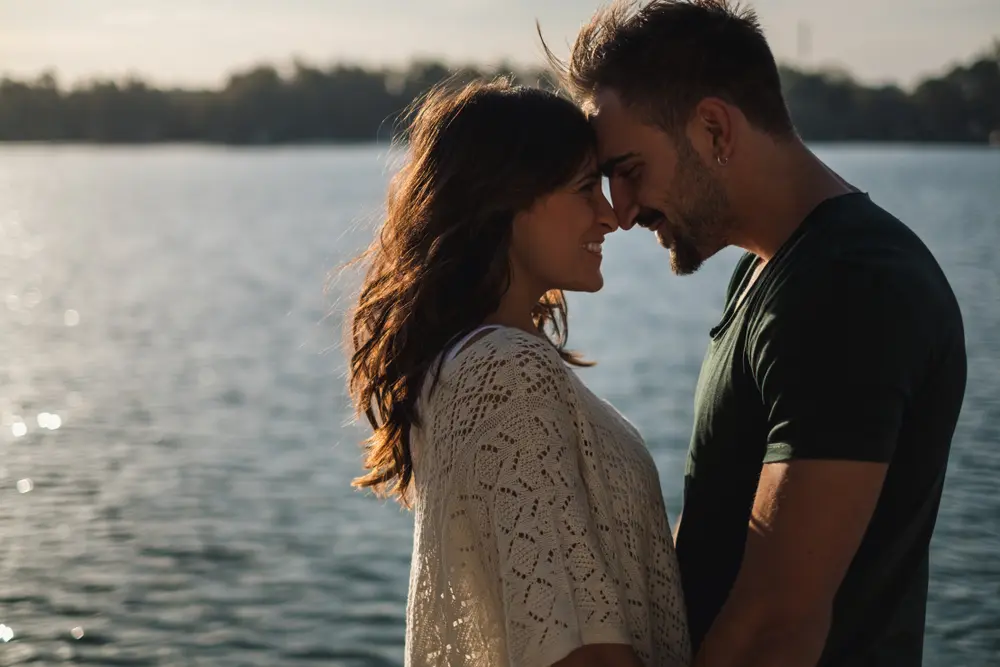
Especially when shooting people, choosing your subjects carefully is seriously important. Some folks are just more expressive than others by nature, affecting the mood of the frame they’re in.
In other cases, you’ll find that certain features lend themselves to certain moods and emotions. For example, many photographers naturally feel that older subjects fit more easily into images on the theme of nostalgia, or the passage of time in life.
Timing & Capturing Genuine Expressions

Many emotional moments are fleeting, especially the intense kind that often catches us off guard. If your aim is to depict these instances of complete and spontaneous emotion, you have to practice your sense of timing and always be at the ready to take the shot.
This approach may not be for everyone. Some prefer to stage their art more elaborately to make their themes more explicit. But for those who crave a truly raw feel to their images, practicing the art of candid photography (as well as your reflexes) is a must.
How Do Different Genres Capture Emotion?
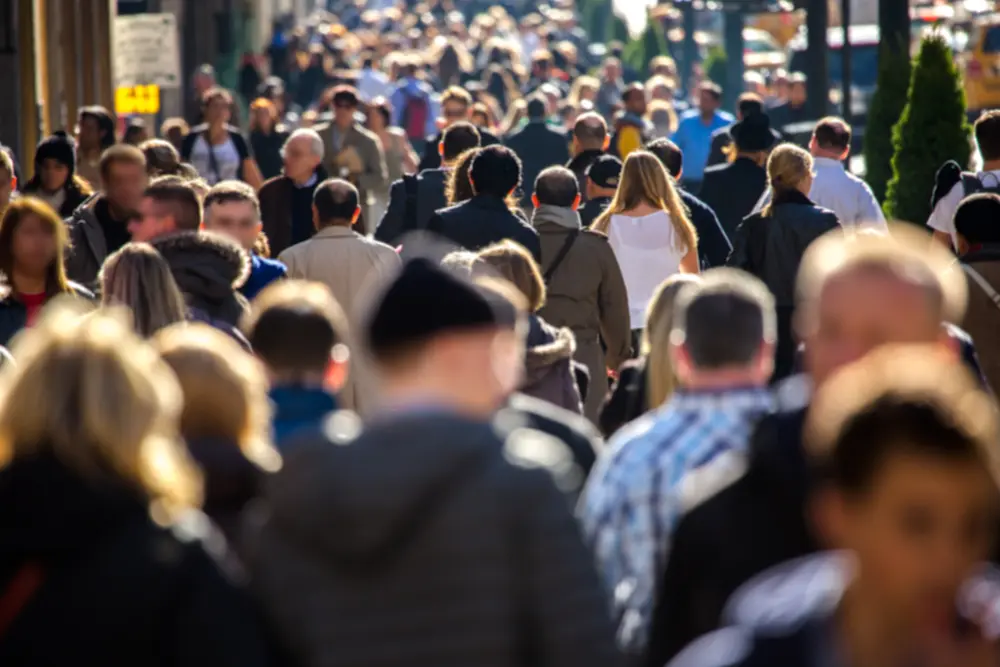
Though there is no hard link between any particular genre of photography and the kinds of emotions that inspire it, you may find certain atmospheres more appropriate for certain kinds of pictures.
Let’s explore a few different genres by example and see the emotional background that most photographers find most suitable for them!
Portrait
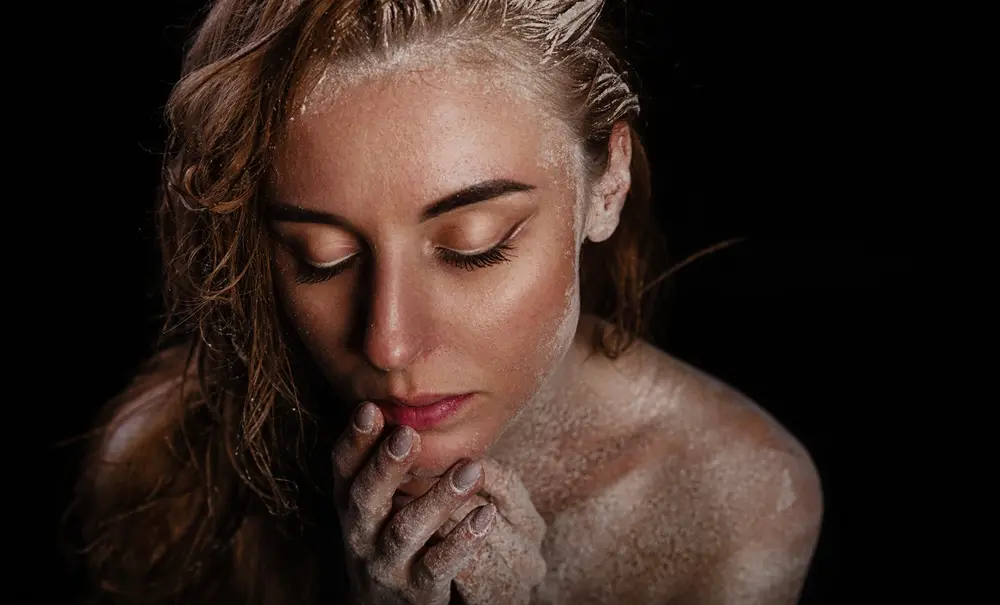
You definitely have a lot of freedom in portraiture, and it all depends on what you’re looking for!
Themes such as memories and nostalgia for the past are common, as I touched on earlier. Similarly, younger subjects may express such notions as freedom, growth, hope for the future, and action.
Wedding photographers may concentrate their lighting and composition to highlight beauty, joy, and compassion while underlining the natural chemistry and connection between their subjects.
The list goes on. Your imagination’s the limit!
Landscape

Among the oldest subjects in photography, landscapes are also a perennial favorite of yours truly. The natural world can stir emotions ranging from awe and wonder to solitude and mystery.
The crucial point lies in recognizing the different personalities of diverse scenes. Snow-capped mountaintops will, of course, elicit different feelings in your audience than dark, foggy forests or vast deserts, so try to really lean into how your environment moves you as you shoot.
Abstract

In more avant-garde streams of photography, your freedom of expression is really at its peak, and that applies to how you depict emotion as well.
In fact, the playing field is so broad that it’d be best to map out your emotional intent for each single photograph in advance, ‘sketching out’ a kind of draft before you get to work.
As most abstract photography tends to benefit from more elaborate staging and composition anyway, this will allow you to define what you seek to create before you bring the viewfinder to your eye.
The Photographer’s Mindset

A huge aspect of accurately and evocatively channeling emotion is having the right mindset as a photographer.
Below, you’ll find a few useful tips and advice on how to approach your subjects in the right way in order to bring out the maximum of emotion, unfiltered and potent as it should be.
Building Emotional Connections with Subjects
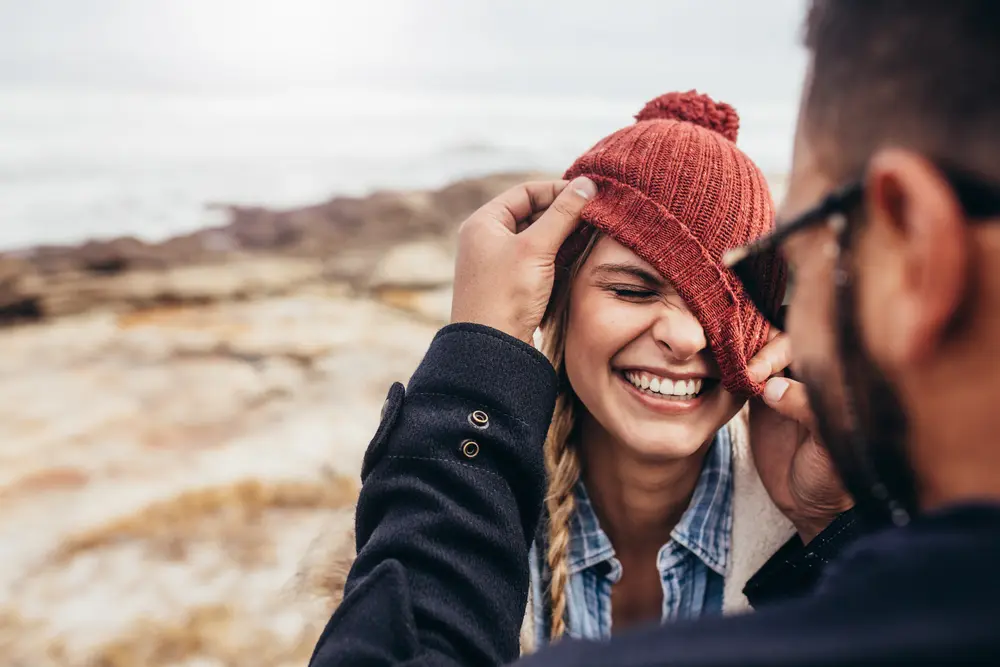
Having a strong sense of empathy and patience is crucial to being a successful portraitist, especially when photographing emotion. You will need to build a genuine rapport with your subjects, learning to understand them and relate to them.
As for what that takes: simply put, a lot of time and effort spent on understanding your and others’ emotional cues! Practicing awareness and active listening can’t hurt, either.
The Importance of Mindful Photography
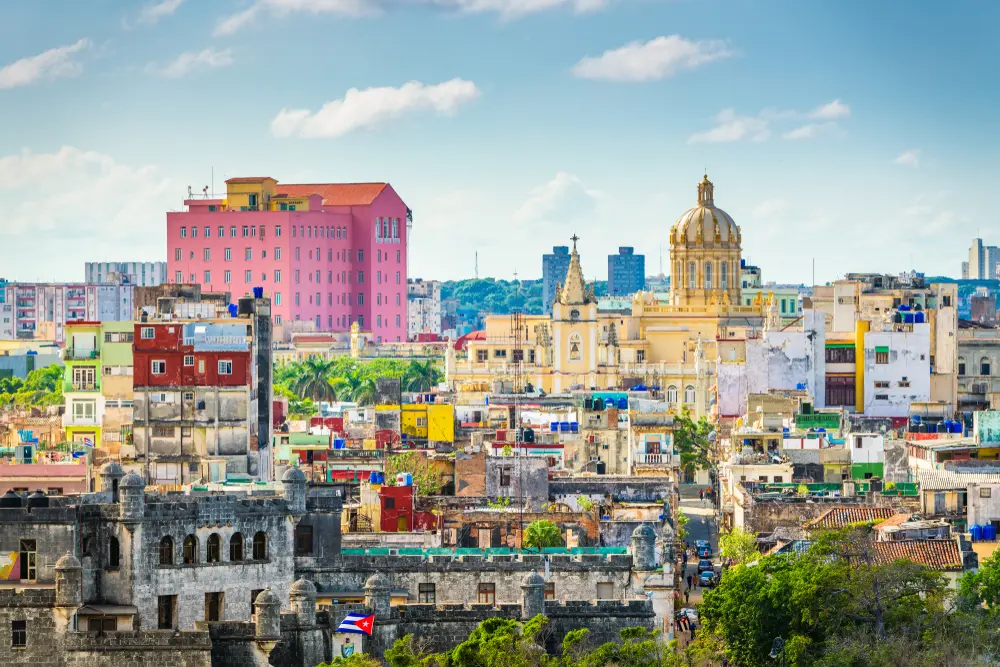
To reach a higher state of emotional awareness, try taking a moment to pause and connect.
This is part of mindful photography, an approach that prioritizes quality over quantity and inspires photographers to think deeply about each and every frame. For elevating your emotional depth, it’s a seriously neat technique!
Using Post-Processing Smartly
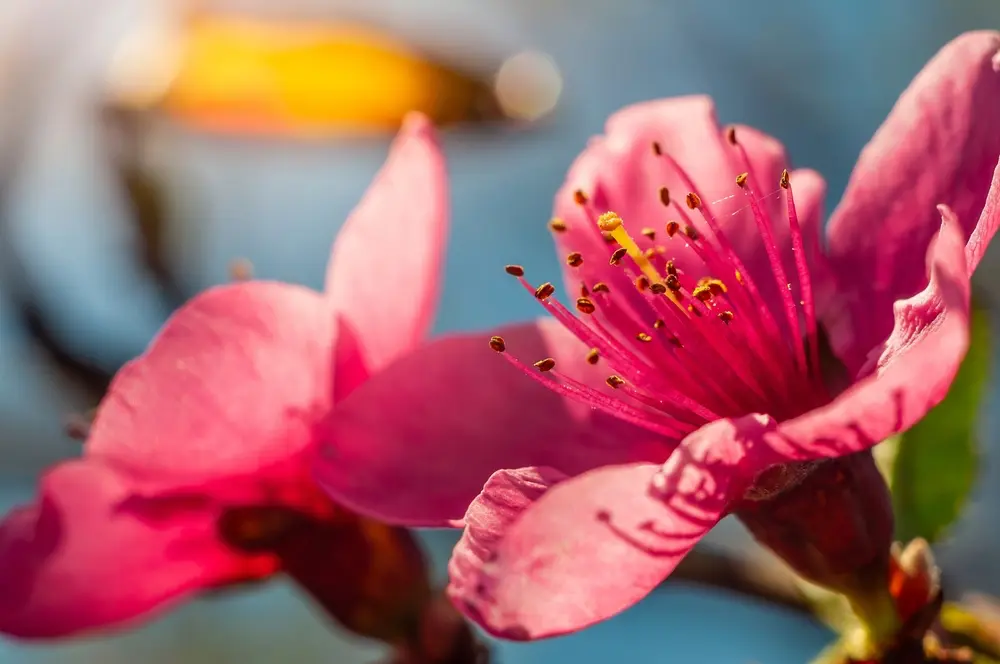
The sheer power of post-processing tools makes it too easy for us to exaggerate and fine-tune emotional signals in our photography. But going overboard by ‘dialing in’ perfectly placed sun rays or drastically altering your subject’s appearance goes against the ethical code all photographers share.
Remember, emotion in photography exposes some of the most intimate frames of people’s lives. We have a duty to remain authentic to that, even when we edit our pictures!
Conclusion: Putting It All Together

To fully capture all the emotions inherent in the human experience may be too grand a task. But what makes photography so special is its ability to make us feel deeply about what we see, from the mundane to the extraordinary.
By making good use of compositional techniques, lighting, and staging, choosing our subjects well, and, whenever possible, drafting out our next shot in advance to refine our approach, we can tailor the emotional potency of our images to our liking.
It definitely takes a lot of practice to master, but that’s where the fun lies!
What are your experiences with capturing emotions? Do you have any favorite techniques you like to use to create emotion or lend a certain feel to your images?
I am excited to hear from you down in the comments section!
Take Away
You can express emotion in photography in a myriad of ways, ranging from the explicit to the downright abstract. In fact, you don’t even need a human subject to communicate emotions. You can use elements of the environment, such as lighting, landscapes, colors, and more, in order to elicit emotional resonance from the viewer. While it takes a lot of practice to master, this kind of skill can come in handy in just about every photographic discipline.


